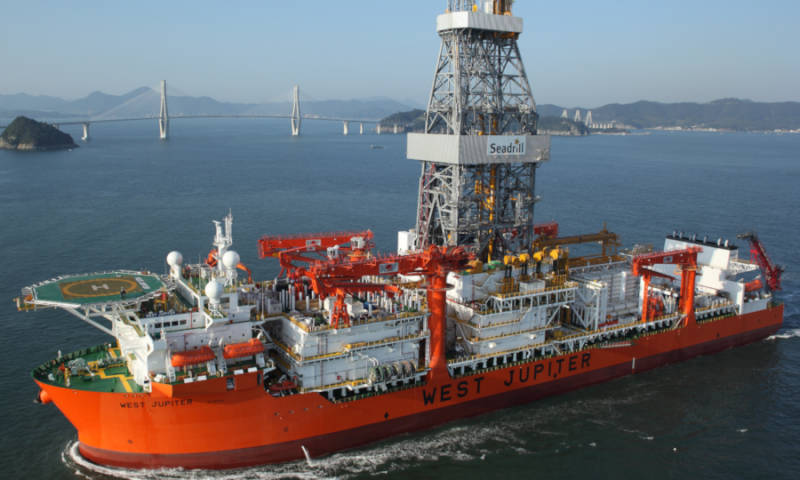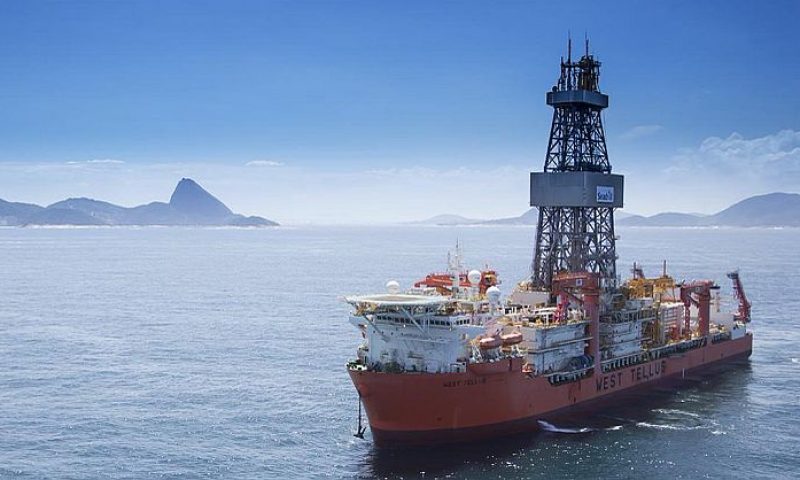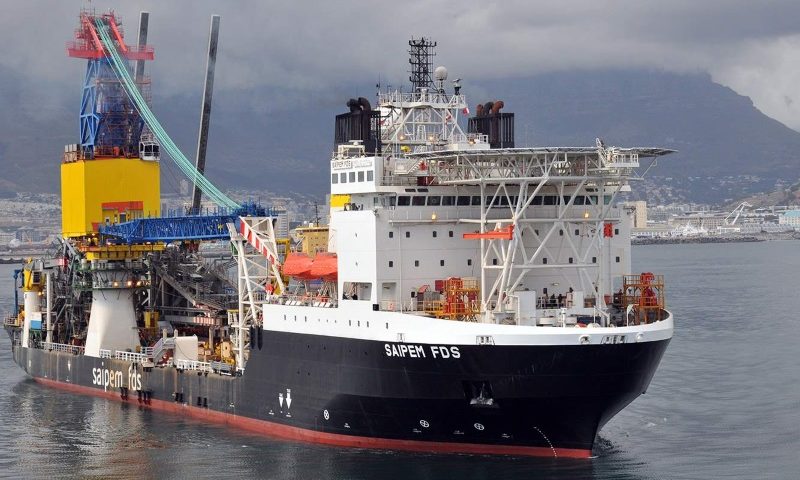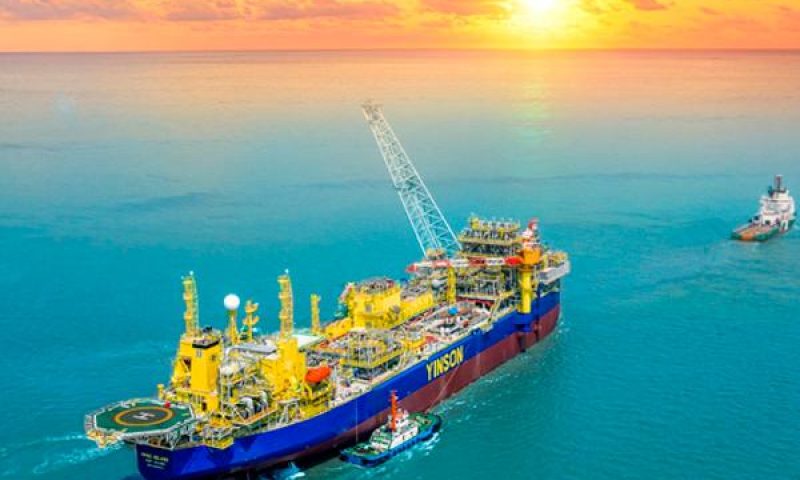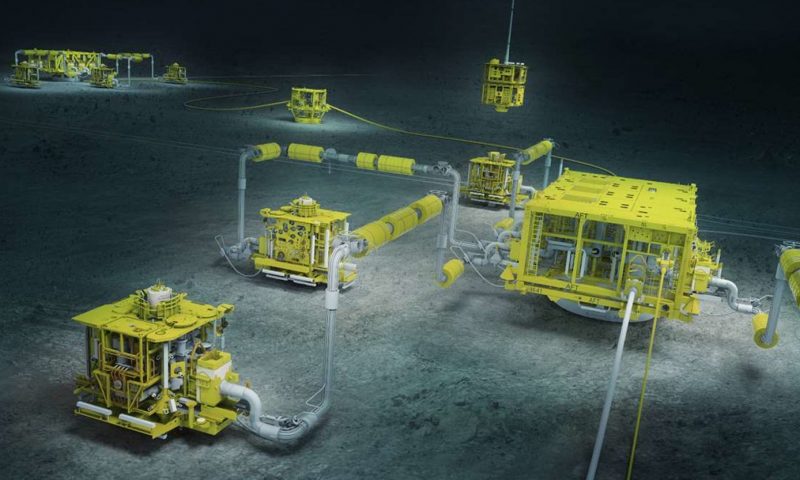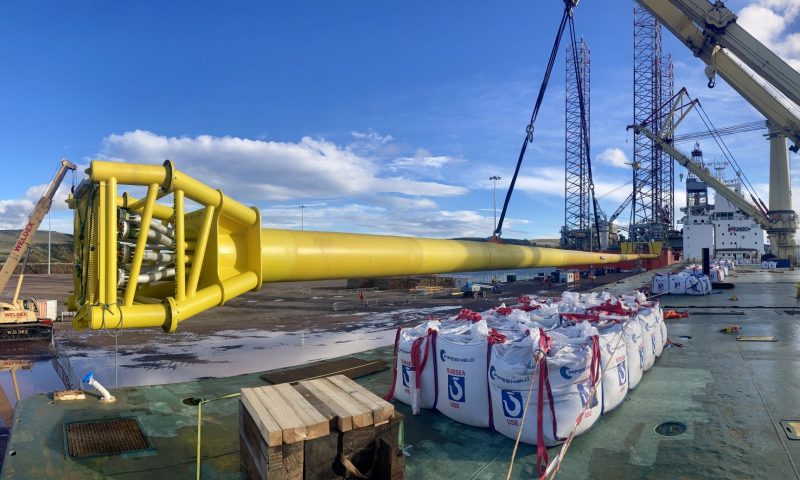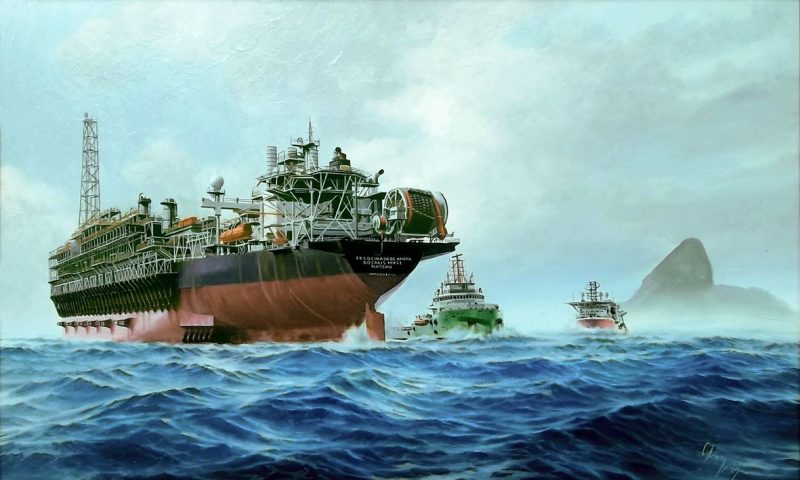
Petrobras on Tupi field
Petrobras informs that the accumulated production of the Tupi field, located in the pre-salt of the Santos Basin, approximately 230 km from the coast of the state of Rio de Janeiro, reached 2 billion barrels of oil equivalent (boe) on July, 2020, according to the Brazilian National Agency of Petroleum, Natural Gas and Biofuels (ANP). This milestone takes place in the same month in which we celebrate the 20th anniversary of the signing of the concession agreement for block BM-S-11, where the field is located and is currently the largest deep water oil producer in the world, with approximately 1 million barrels per day (bpd).
This accumulated production occurs just ten years after the start of the first permanent production system, the Floating Production Storage and Offloading (FPSO) Cidade Angra dos Reis, and fourteen years after it was discovered, in 2006. From 2010 to 2019, the consortium, formed by Petrobras, with a 65% stake in partnership with Shell Brasil Petróleo Ltda (25%) and Petrogal Brasil S.A. (10%), put into operation nine production systems, an average of one system per year.
For this, Petrobras had to overcome a series of unprecedented challenges in the industry, such as the distance from the coast and the existence of very few similar reservoirs in the world, ultra-deep reservoirs under a thick layer of salt. In partnership with research institutions, partner companies and suppliers, the Company developed a series of technologies and innovations that allowed safe and profitable productions in pre-salt fields, still being a reference in terms of its environmental performance. As a result of the unprecedented technologies developed by the Company, in 2015, Petrobras received the Distinguished Achievement Award for Companies, Organizations and Institutions, which is the main award in the industry and is promoted by the Offshore Technology Conference (OTC).
The Future of Tupi
Petrobras, together with its partners in the BM-S-11 block, has already developed several initiatives aimed at revitalizing the field even before the start of its decline, seeking to increase the oil and gas recovery factor that can be extracted from the field and, thus, maximize the value of the asset for the Company. For this, the Company develops projects, such as interconnecting new wells into already implemented production systems and the use of alternating water and gas injection technology (Water Alternating Gas – WAG), to maintain the reservoir’s pressure. In addition to these projects, the Company together with its partners, is also analyzing actions that will be taken according to the terms of the concession and is seeking to develop other low-cost and highly reliable technologies that may contribute with the increase in the recovery factor.




